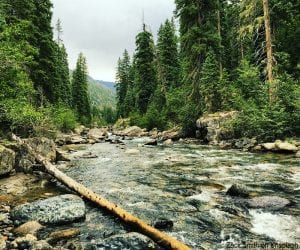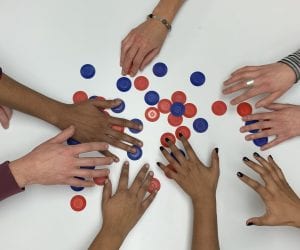Some of our most popular lessons here at Population Education are about the connection between water and population growth. With so much teaching happening online in 2020 and 2021, we made it a priority to come up with tools and strategies for teaching these popular water lessons virtually and are excited to share them!
5 Activities to Teach Water Issues Virtually
Last month we shared a few of our favorite population-water activities with digital modifications during a training webinar we hosted for teachers. In this post, we’ll summarize all four of the water-focused lessons and their digital adaptations, as well as a bonus project! We used a combination of live webcam demonstrations and pre-built tools in Google Slides and Sheets to make the activities come alive, and have included links below for you to copy, use, and share with your own students for maximum online engagement.
1. Water, Water Everywhere – Classic Water Distribution Lesson
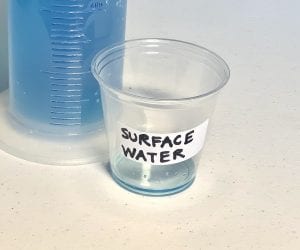 Let’s start with a classic water distribution activity: Water, Water Everywhere. This demonstration is easy to facilitate virtually so long as you have a webcam and some table space. Position yourself and five graduated cylinders in front of the webcam and divide up 1,000mL of water into containers representing the places water is found on Earth. This powerful visual of the small amount of accessible fresh water, just 0.3%, comes across just as strongly through the computer screen as it does in person.
Let’s start with a classic water distribution activity: Water, Water Everywhere. This demonstration is easy to facilitate virtually so long as you have a webcam and some table space. Position yourself and five graduated cylinders in front of the webcam and divide up 1,000mL of water into containers representing the places water is found on Earth. This powerful visual of the small amount of accessible fresh water, just 0.3%, comes across just as strongly through the computer screen as it does in person.
Then have your students conduct a personal water audit and use this Google Sheet to track and calculate their water footprint. Next time the class meets, students will share their water footprints. Did they find any “hidden” water usage? Can they think of ways to decrease how much water they use in a given day?
2. Almighty Aquifers – Humans Historic Use of the Ogallala Aquifer
This newly developed electronic board game, for use with the lesson Almighty Aquifers, mimics the aquifer depletion over time while simultaneously tracking water demand.

In small groups, student take on the role of one of the eight states directly extracting water from the Ogallala Aquifer. The group first finds themselves in the year 1950 for the first round of the game, extracting water to meet the needs of their states’ populations at that time. As the game progresses and moves through time to present day, students learn about both the population growth and the aquifer depletion surrounding the Ogallala. Get the electronic game board for Almighty Aquifers now!
3. Meat of the Matter – Comparing Water Use in Different Food Proteins
Animal proteins have large, often hidden, environmental footprints, and the lesson Meat of the Matter lets students investigate and compare the “hidden” water usage among four types of protein. To start, download this electronic worksheet, built using Google Sheets and easily shared with students.
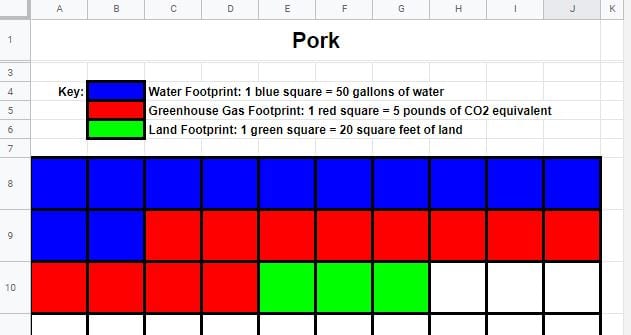
Students will work in small groups on different tabs within the Sheet; each tab explores a different protein type – beef, pork, chicken, soy. They’ll ultimately describe and compare the not only the water footprint of these proteins, but the land and CO2 footprints as well. It’s a great way for students to explore real-world data numerically and visually, and sheds a new light on the impact of the rising global demand for meat products.
4. Code Blue: Endangered Oceans – The Human History of Earth’s Oceans
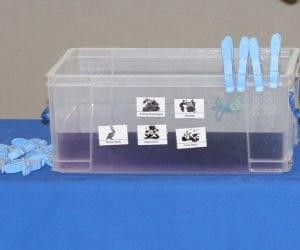 Harness the power of your webcam by facilitating the interactive story Code Blue: Endangered Oceans live on camera. The lesson plan is about the history of Earth’s oceans, and provides insight into the effect that a population of 7.8 billion has on natural resources and the difficulties of managing an international commodity. Prior to your class meeting time, you’ll set up small containers with “pollutants” and create various ocean items for “extraction.” For the activity facilitation, set up a clear bowl of water, the “ocean,” in front of your webcam and read the provided story. The story is both historically accurate and detailed in various environmental phenomenon – making it a great fit for high school social studies and science classes.
Harness the power of your webcam by facilitating the interactive story Code Blue: Endangered Oceans live on camera. The lesson plan is about the history of Earth’s oceans, and provides insight into the effect that a population of 7.8 billion has on natural resources and the difficulties of managing an international commodity. Prior to your class meeting time, you’ll set up small containers with “pollutants” and create various ocean items for “extraction.” For the activity facilitation, set up a clear bowl of water, the “ocean,” in front of your webcam and read the provided story. The story is both historically accurate and detailed in various environmental phenomenon – making it a great fit for high school social studies and science classes.
5. Student-Made Videos on Water Resources
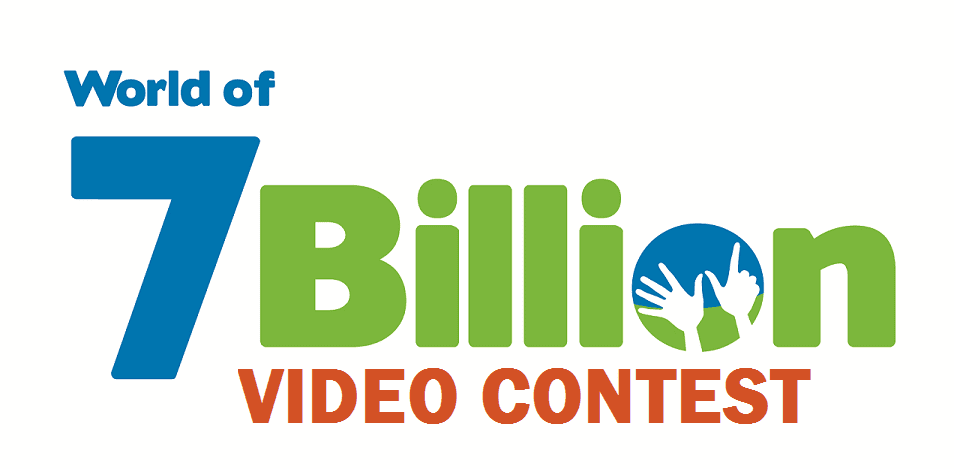 Can your students re-imagine large-scale irrigation of crops or how hydropower fits into the energy landscape? Do your students have an idea for stopping water contamination that puts public health at risk? Are your students curious why communities of color often have a harder time ensuring a safe drinking source and want to help? These investigations would all make perfect film topics in the World of 7 Billion student video contest. Challenge your students to make a 60-second film and they could win up to $1,200. The sharable contest support materials are all Google Classroom-ready making this a fun and easy project for distance learning!
Can your students re-imagine large-scale irrigation of crops or how hydropower fits into the energy landscape? Do your students have an idea for stopping water contamination that puts public health at risk? Are your students curious why communities of color often have a harder time ensuring a safe drinking source and want to help? These investigations would all make perfect film topics in the World of 7 Billion student video contest. Challenge your students to make a 60-second film and they could win up to $1,200. The sharable contest support materials are all Google Classroom-ready making this a fun and easy project for distance learning!
The Case for Teaching About Water
How we use water – directly and indirectly, locally and globally – is a cross-curricular topic that fits into science and social studies, and can include useful data sets for real-world math. Exploring how to preserve clean, assessable, fresh water is also vital to the sustainable future we all want, and makes the water-population connection relevant to our students. We hope you, and your students, enjoy these five water activities for remote or blended classrooms!



